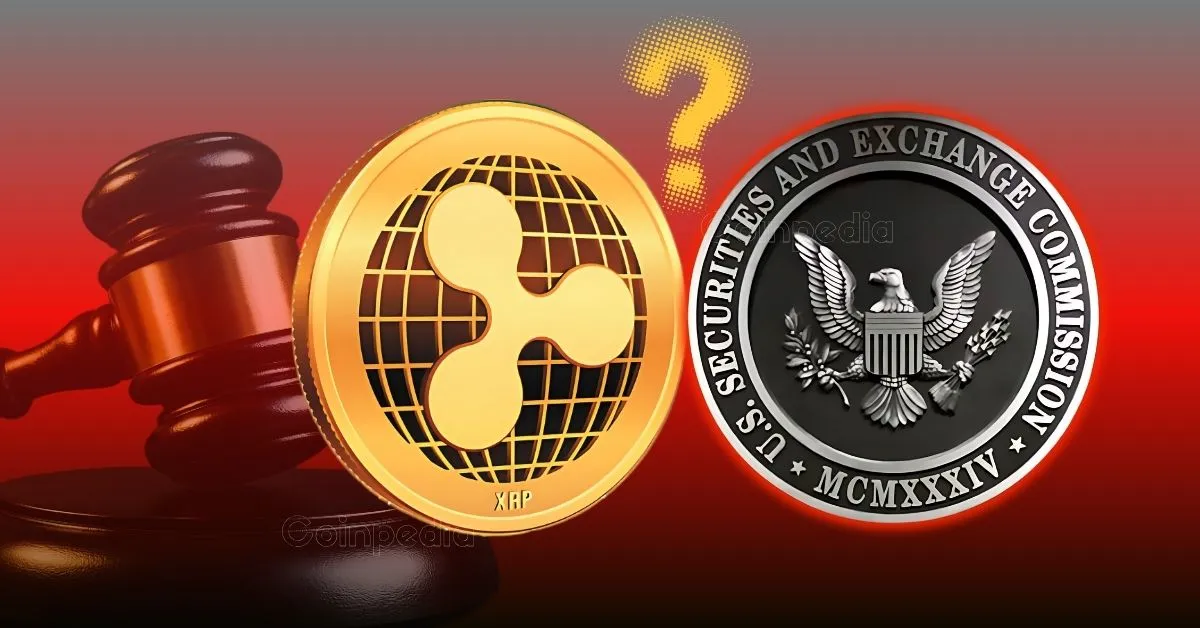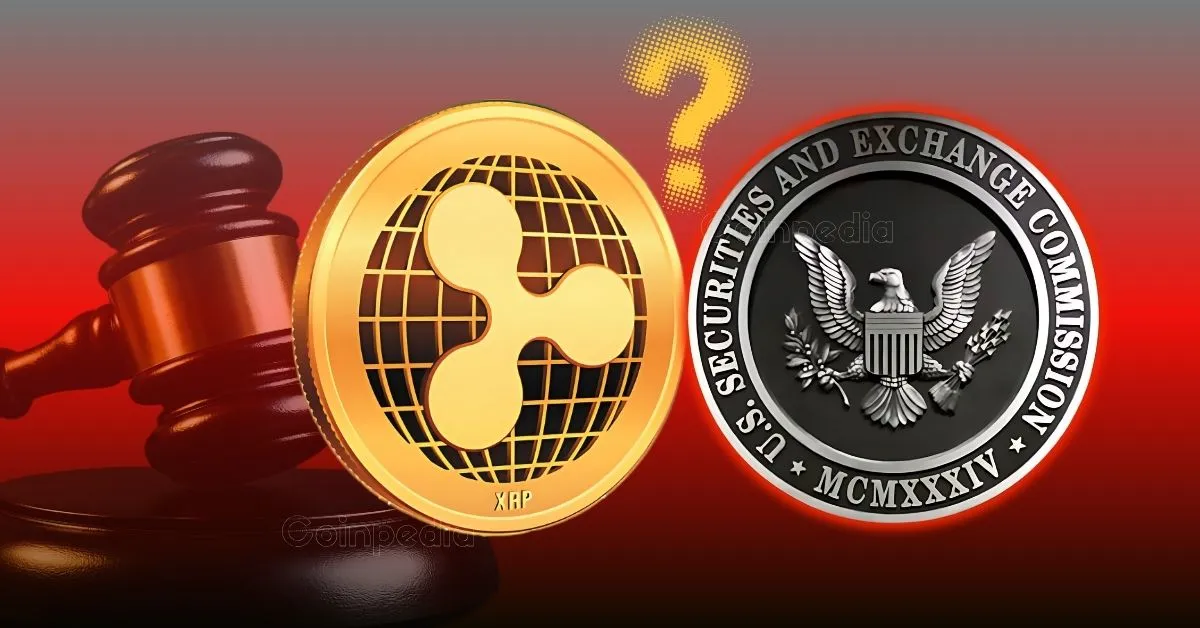The SEC vs. Ripple: A Never-Ending Story?
The high-stakes legal drama between the Securities and Exchange Commission (SEC) and Ripple Labs continues to hold the cryptocurrency world in suspense. This isn’t just another lawsuit; it’s a landmark case that could redefine how digital assets are regulated. As of mid-June 2025, the saga drags on, a testament to the complexities and uncertainties that plague the burgeoning crypto industry. We’ll break down the key events, dissect the expert opinions, and explore the possible timelines, uncovering why this case refuses to fade into the background.
A Battle of Definitions: Security or Currency?
At the heart of the matter lies the core disagreement: is XRP a security or a currency? The SEC argues that Ripple’s sales of XRP constituted an unregistered securities offering, a clear violation of federal law. Ripple, on the other hand, vehemently defends XRP as a currency, not subject to securities regulations.
The initial ruling by Judge Analisa Torres in July 2023 delivered a split decision. While the judge clarified that XRP *itself* isn’t necessarily a security, she ruled that Ripple’s *sales* to institutional investors *were* indeed securities offerings. This partial victory for Ripple set the stage for the current protracted appeals phase, with both sides challenging aspects of the ruling.
The Shifting Sands of Regulation
February 2025 found the case firmly stuck in appeals, its outcome shrouded in uncertainty. Then, a notable shift occurred. The SEC, under new leadership, began demonstrating a willingness to drop high-profile cases. This unexpected change in approach, a stark contrast to their previously unwavering pursuit of Ripple, triggered speculation and raised questions within the crypto community about the agency’s true motives. Was the SEC softening its stance?
The Elusive Settlement: A Deal on the Table?
April and May 2025 buzzed with rumors of a potential settlement. Reports surfaced that Ripple and the SEC had reached an agreement, with Ripple reportedly agreeing to pay a $125 million penalty. Adding fuel to the fire, both parties filed a joint motion to pause the appeals process for 60 days, beginning April 16th. This move was widely interpreted as a sure sign that a resolution was imminent.
However, the expected swift conclusion failed to materialize. Legal experts began to question the “unnecessary” delays, scratching their heads at the continued stalling. Fred Rispoli, a respected legal expert, even suggested a straightforward solution: Ripple concedes to the $125 million penalty, and the case is closed. Yet, despite this seemingly logical path, the settlement remained just out of reach, a carrot dangling tantalizingly before the crypto community.
Blame Game: Who’s Holding Up the Deal?
The question of who was responsible for the delays quickly became a central point of debate. Initially, fingers pointed towards the SEC, suggesting they were reluctant to fully back down from their position. However, James Murphy, known as MetaLawMan, offered a compelling counter-narrative, suggesting that Ripple itself might be strategically delaying the settlement.
Murphy’s theory rested on the idea that Ripple might be seeking more favorable terms or waiting for further clarity on regulatory frameworks. The SEC’s recent trend of dropping cases could be seen as leverage for Ripple, allowing them to negotiate from a position of strength. This perspective highlighted the complex game of chess being played, suggesting that the settlement wasn’t just about legal principles but also strategic maneuvering.
Procedural Roadblocks: The June 13th Curveball
Even with a signed settlement agreement, the road to resolution remained bumpy. A key ruling from Judge Torres was eagerly anticipated, but on June 13th, 2025, the court threw a wrench in the works by denying Ripple’s motion for an indicative ruling. This setback prolonged the uncertainty, further delaying the long-awaited conclusion.
The denial underscored the intricate procedural steps that remained before the case could be officially closed. Despite the apparent willingness of both parties to settle, the court’s involvement was still crucial, and this particular ruling introduced a new layer of complexity. The market reacted predictably, with XRP experiencing downward pressure as investors braced themselves for more uncertainty.
The High Cost of Waiting: Market Reactions
This legal battle has had a very real impact on XRP’s price and the overall crypto market. The continuous uncertainty breeds volatility, preventing XRP from achieving sustained growth. Investors are understandably hesitant, waiting for a definitive resolution before committing significant capital.
Despite the current challenges, experts remain optimistic about XRP’s potential once the case is finally settled. Bill Morgan, a legal expert, believes that a favorable outcome could propel the price towards $5 and potentially even higher. This projection hinges on the belief that removing the legal cloud will unlock XRP’s intrinsic value and attract a new wave of investor interest. Conversely, a less favorable outcome could trigger further price declines and a prolonged period of instability.
Reaching the Finish Line (Hopefully): The Final Stages
As of mid-June 2025, the Ripple vs. SEC case hangs in the balance. The signed settlement agreement, the paused appeals process, and the anticipated ruling from Judge Torres all suggest a resolution is on the horizon. However, the recent denial of Ripple’s motion for an indicative ruling serves as a stark reminder that there are still hurdles to overcome.
The coming weeks or months will likely determine the final outcome. The key question is whether both parties can navigate the remaining procedural hurdles and finalize the settlement agreement. The SEC’s shifting stance and Ripple’s strategic maneuvering have created a unique and unpredictable situation.
Ripple Effect: Ramifications for the Crypto Industry
The resolution of the SEC vs. Ripple case will send ripples throughout the entire cryptocurrency industry. A settlement favorable to Ripple could establish a precedent for the classification of other digital assets, providing much-needed regulatory clarity and stimulating innovation. It could also embolden other crypto companies to challenge the SEC’s enforcement actions.
On the other hand, a ruling that heavily favors the SEC could lead to increased regulatory scrutiny and potentially stifle the growth of the crypto market. It could also set a precedent for classifying a wider range of digital assets as securities, subjecting them to stricter regulations.
Ultimately, the outcome of this landmark case will shape the future of the cryptocurrency industry, influencing the regulatory landscape and determining the direction of digital asset innovation. The shadow of the SEC vs. Ripple saga is finally poised to lift, but its impact will be felt throughout the crypto community for years to come.












